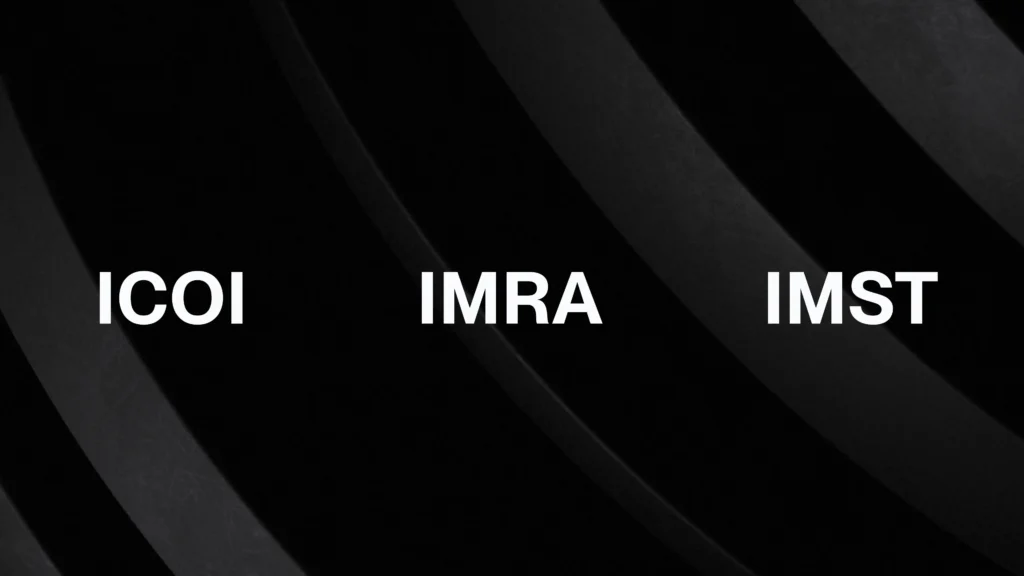
Bitwise Declares May Distributions for IMST, ICOI, and IMRA ETFs, Delivering Double-Digit Monthly Returns Through Covered Call Strategies
Bitwise Asset Management, a leading innovator in crypto-based investment solutions, has announced the May 2025 monthly distribution figures for its trio of covered call exchange-traded funds (ETFs): the Bitwise MSTR Option Income Strategy ETF (IMST), the Bitwise COIN Option Income Strategy ETF (ICOI), and the Bitwise MARA Option Income Strategy ETF (IMRA). These option income ETFs, which aim to generate consistent yield through synthetic covered call strategies on crypto-linked equities, continue to exhibit high annualized distribution rates paired with notable short-term returns.

For the May distribution cycle, IMST, ICOI, and IMRA have each posted impressive figures that underscore their income-generating capabilities. These ETFs do not invest directly in the underlying equities—MicroStrategy (MSTR), Coinbase (COIN), and Marathon Digital Holdings (MARA)—but rather use options to synthetically replicate their price exposures while generating monthly premium income.
Distribution Details: High Yields in Focus
The declared distributions for each ETF are as follows:
- IMST (Bitwise MSTR Option Income Strategy ETF): $7.01 per share, equating to an annualized distribution rate of 140.14%, with a 30-day SEC yield of 2.99%.
- ICOI (Bitwise COIN Option Income Strategy ETF): $6.17 per share, with an annualized distribution rate of 124.02%, and a 30-day SEC yield of 2.92%.
- IMRA (Bitwise MARA Option Income Strategy ETF): $9.33 per share, which corresponds to a distribution rate of 188.77% and a 30-day SEC yield of 3.39%.
These distributions are scheduled with an ex-date and record date of May 23, 2025, and a payment date of May 28, 2025. Importantly, none of the distributions for this cycle included a return of capital, reinforcing the funds’ emphasis on generating income from option premiums rather than asset liquidation.
The one-month return figures for each ETF were also disclosed:
- IMST delivered a 15.90% return,
- ICOI achieved a 19.78% return,
- IMRA generated a 16.22% return.
Since inception, the returns stand at 20.09% (IMST), 19.46% (ICOI), and 18.67% (IMRA). These results suggest that the synthetic option overlay strategy can generate meaningful total return when combined with underlying crypto-equity performance.
Understanding the Strategy Behind the Distributions
Bitwise’s option income ETFs use a synthetic covered call strategy, designed to capture option premium by writing call options on crypto-linked equities. However, rather than directly holding MSTR, COIN, or MARA shares, the ETFs gain economic exposure through derivatives.
This synthetic exposure allows the ETFs to write covered calls without physically holding the underlying shares. While this can introduce tracking error compared to a traditional covered call fund, it can also allow for greater flexibility in implementing the strategy—particularly in volatile and fast-moving crypto markets.
The distribution rate is calculated based on the most recent net asset value (NAV) of the fund and is annualized by multiplying the monthly distribution by 12. This figure represents only the distribution component, not the total return, and should be interpreted in that context.
It’s also worth noting that distribution levels can fluctuate significantly from month to month, as they depend on several variables including option pricing, market volatility, and fund NAV levels.
Risks and Disclosures: A Nuanced View of High-Yield Opportunities
Despite the eye-catching distribution rates, Bitwise emphasizes that potential investors should review the associated risks before committing capital. Covered call strategies inherently involve trade-offs: while they can generate consistent income, they cap upside potential in rising markets and do not protect against losses in falling markets.
The synthetic nature of the strategy further complicates risk profiles. Because the funds do not hold the underlying stocks directly, they may experience discrepancies in tracking, which could cause returns to diverge from those of the underlying equities. In highly volatile environments, this could work for or against the fund.
The ETFs are also exposed to issuer-specific and market-wide risks. For example, COIN, MARA, and MSTR are all tied to the crypto ecosystem, with significant exposure to the price of bitcoin. Should bitcoin or related digital assets fall sharply in value—due to regulatory crackdowns, security breaches, or market sentiment—these ETFs could experience corresponding drawdowns despite the income component.
In particular, MARA and MSTR have been vocal about their substantial bitcoin holdings. Any security, custody, or market access challenges could pose operational risks to these firms—and, by extension, the ETFs that synthetically track them.
Fee Structure and Expense Ratios
Each fund in the Bitwise option income suite carries a net expense ratio of 0.98%. While this is modestly higher than passive index-tracking funds, it is in line with, or lower than, many other income-focused or options-based ETFs in the market.
Notably, the gross expense ratio for ICOI and IMST stands at 0.99%, but Bitwise has implemented a fee waiver through March 25, 2027, to maintain a competitive net expense ratio during the funds’ early growth stages.
The Appeal of Option Income in Crypto-Equity Markets
The growing popularity of option income ETFs reflects a broader trend in the investment landscape: the search for yield in volatile or alternative asset classes. With bond yields remaining relatively subdued and traditional dividend stocks offering limited upside, option-based income strategies are gaining traction among yield-focused investors.
Bitwise’s approach is particularly unique in its focus on crypto-linked equities. Instead of investing directly in bitcoin or holding cryptocurrency, the ETFs capitalize on the volatility of crypto stocks—companies like Coinbase, Marathon, and MicroStrategy—to write options that command relatively high premiums.
Given the volatility of the underlying names, the income generated through these strategies is often higher than what can be achieved in traditional equity markets. However, with higher income potential comes increased risk.
Final Thoughts: A New Avenue for Crypto-Income Investing
The Bitwise IMST, ICOI, and IMRA ETFs provide investors with access to a specialized and potentially rewarding income strategy centered around crypto-equity exposure and derivatives-based yield generation. While the headline distribution rates for May 2025 are attention-grabbing—ranging from 124% to nearly 189%—investors must weigh these against the inherent risks of market volatility, tracking error, and synthetic exposure.
As always, Bitwise urges prospective investors to read the fund’s full and summary prospectuses, which are available on the official fund websites: icoietf.com for ICOI, imstetf.com for IMST, and imraetf.com for IMRA.
These disclosures offer critical details about fund objectives, strategies, expenses, and risks, and should be reviewed carefully before any investment decision is made.
Bitwise’s option income ETFs represent a new frontier in income-oriented investing—one that blends crypto-sector dynamics with options-based yield generation in a regulated ETF wrapper. For investors seeking diversification and enhanced yield potential in today’s challenging market, this trio of funds may offer a compelling addition to the income sleeve of a broader portfolio.




